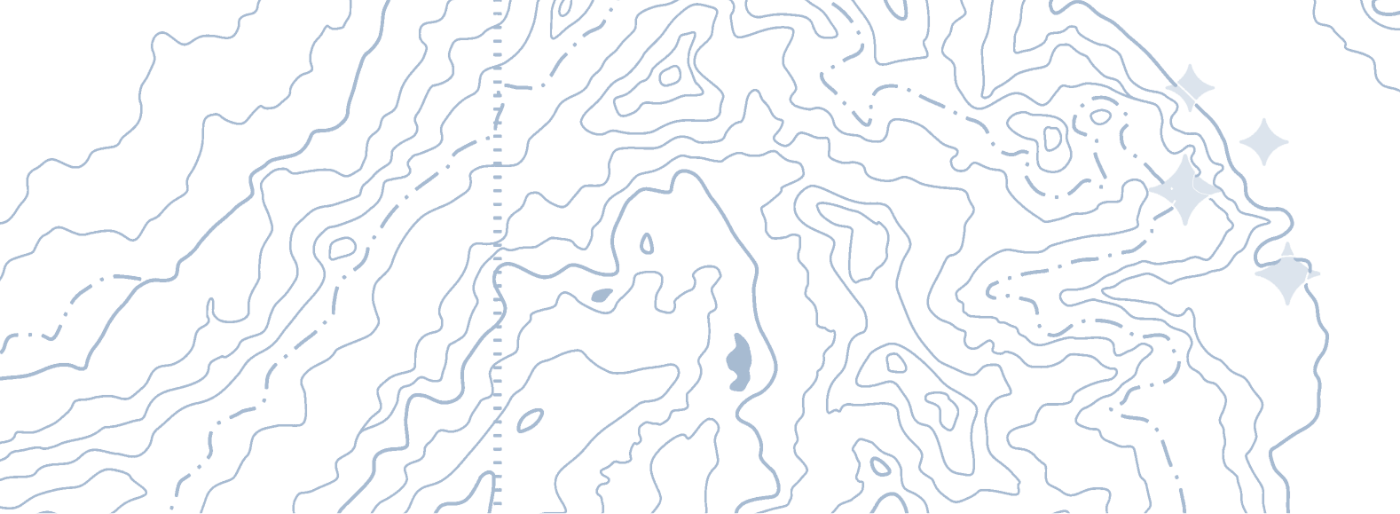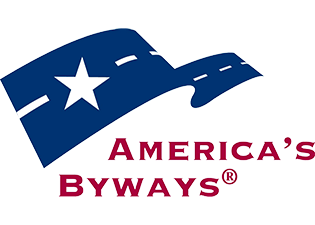Bighorn Sheep
Habitat
Bighorn sheep are no fools--they keep themselves as safe as possible high atop steep, rocky areas to avoid predators. Look for them in dray, open cliffy areas where they can also forage for grasses and shrubs. Most of the year male bighorns--rams--travel and assemble in scattered bachelor herds apart from females and youngsters. Rams establish dominance by charging other rams head-to-head. Size of horns is another way dominance is determined. Rams can weigh in over 300 pounds and their horns can weigh up to 30 pounds!
Looking for Bighorns
Traveling from Wenatchee toward Chelan, Bighorn Sheep are often seen on the cliffs, lower and closer to the roadway and at times, IN the roadway. Be very watchful as you pass through this part of the Cascade Loop. If you're planning to take some side trips, the Okanogan Highlands are home to Bighorns as well. Where to Find Bighorn Sheep. More information on Bighorn locations
Signs of Bighorns
- Tracks--If you are out and about, hiking through arid, open mountainsides and canyons, be aware of the signs that Bighorn Sheep might be nearby. Look for Bighorn Sheep tracks. These are heart-shaped and can often be mistaken for those of Mule Deer or Mountain Goats. Note that Bighorn tracks are more rounded at the tips than Mule Deer but pointier than Mountain Goats.
- Scat--Unfortunately, Bighorn scats are nearly indistinguishable from that of Mountain Goats and Mule Deer where their habitats coincide, so may not be the best indicator in these locations.
- Beds--Dusty, oval depressions often found between cliff bands and on cliff ledges, typically accompanied by abundant scat
Sources: Washington Geospatial Open Data Portal, Wildlife of the Pacific Northwest, Conservation Northwest




















